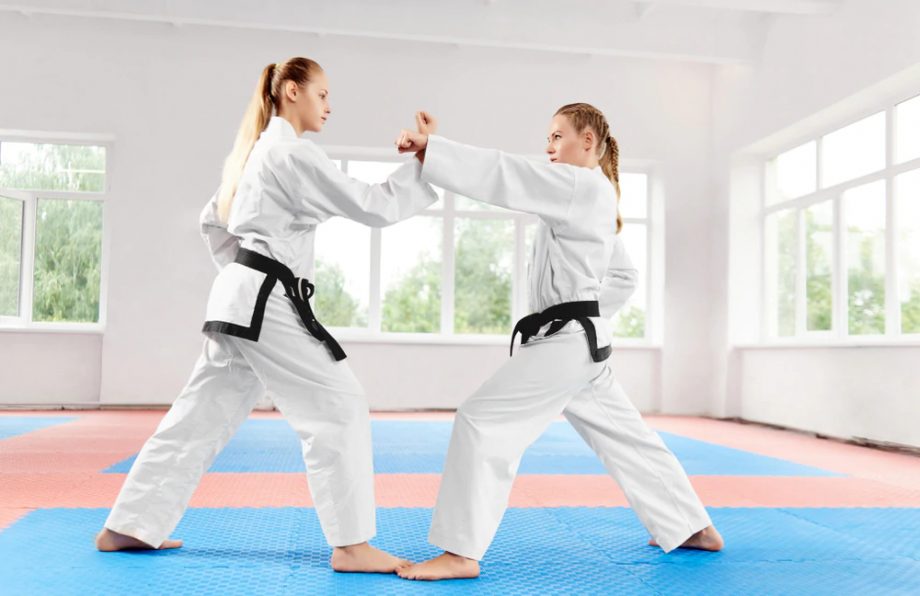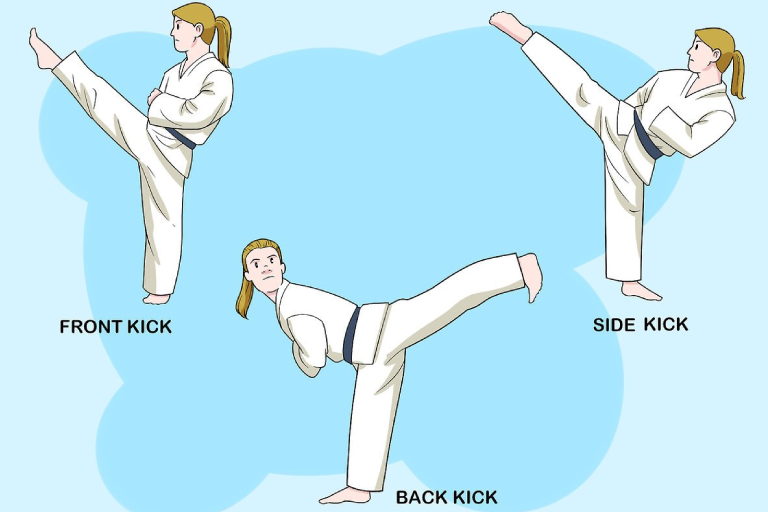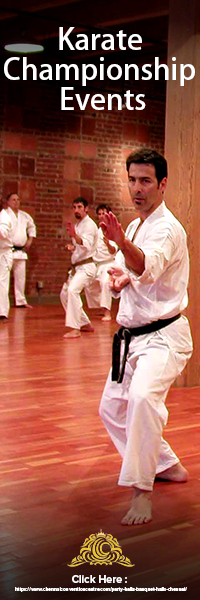Karate Moves
Unlike several other martial arts and their limited number of moves, Karate is a fast-paced fighting style that can master in seconds. Karate has been known to have the ability to knock out opponents in no time without prior knowledge of how you hold your hands or where exactly these strikes will land.
Why Are Basic Karate Moves Essential?:
In martial arts, the basics are always essential. You will be able to perform well at any level of contact karate with your skills if you practice enough-even though Karate’s reputation can be rough! And for beginners, this is especially true because even more difficult moves come from these fundamental ones that we all need to learn about self defense and often do, so they become second nature in a fight before you have time to think about it.
Techniques Used In Karate:
Karate is a Japanese martial art that has been around for centuries. Karate training includes techniques used in competition karate, which is less about inflicting pain on opponents and more about outwitting them by using fluid movements despite the combative element of some films promoting it. As you progress through your studies, here are some important moves to learn: punching with power from both hands; blocking strikes coming at you or defending yourself against someone else’s attack; and executing kicks–some high-level students may even try their hand at an aerial kick! But most importantly, remember not to forget basic defence tactics like side steps as well as stances such as crane stance where one leg bends back so they can move quickly without running into anything.”
Kicking From The Front (mae-geri):
The front kick is a powerful and simple attack, which usually targets an opponent’s knees. A typical jab will often be followed by a precision strike to the stomach or groyne with your leading leg as it swings back from its original position.
- Blocks At The Upper Levels (jodan Uke):
Karate is a mixed martial art that uses punches, kicks, and blocks to attack the opponent. The competitor sets his left arm next to their waist with it bent facing towards your opponent’s fist (jab) while keeping strong contact between both hands when blocking high attacks on specific parts of one’s body such as head and neck area- so that you are prepared if they decide counterattack quickly! One of these basic defensive motions for protecting oneself from an incoming punch or kick is called the upper block – also known as jodan uke in Japan.
- Knee Strikes (hiza-geri) :
An irritating knee to the groin is enough to make anyone want to curl up and go home. Knee strikes are a great way of attacking an opponent’s groyne, stomach, or even head, depending on your flexibility.
- Elbow Strikes (hiji Ate):
When you strike with your elbow, it can be a very unpleasant experience. It is essential for close-quarter fighting in the type of Karate that I practice.
- Strikes with the palms of the hands and heels of the feet (shotei uchi)
karateka strikes with the palms of their hands and heels of their feet, aiming for an opponent’s head. The palm-heel strike is a jab that thrusts straight up to hit your opponents in the face with the base (palm) or heel
Safety In Karate:
Karate is an art, combat sport, and self defence system. It’s a great way to get fit while also learning some life skills that can come in handy when you’re out on the street getting your karaoke on or waiting for the bus late at night. When it comes down to safety, though – be wise with what kind of gear you wear! The wrong thing could put up more protection than anything else, so make sure not just any old pair will do.







